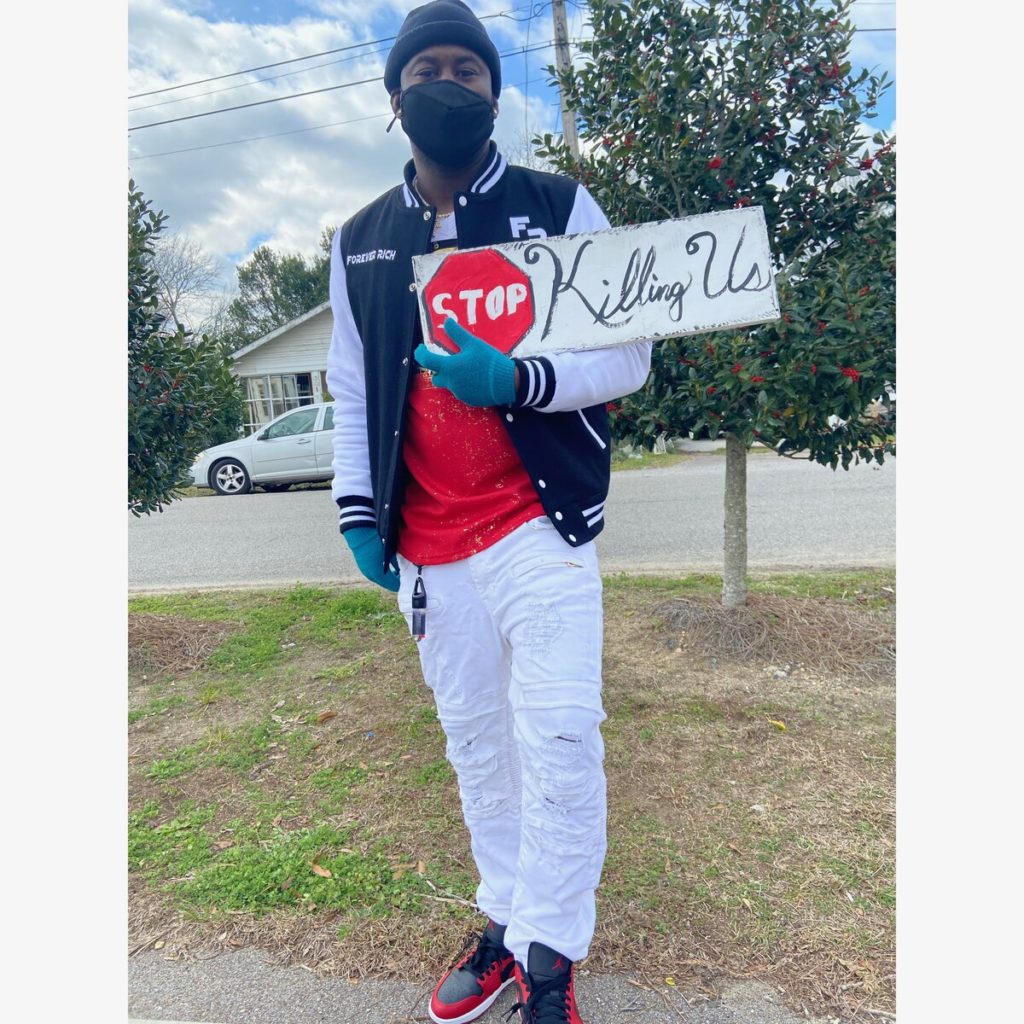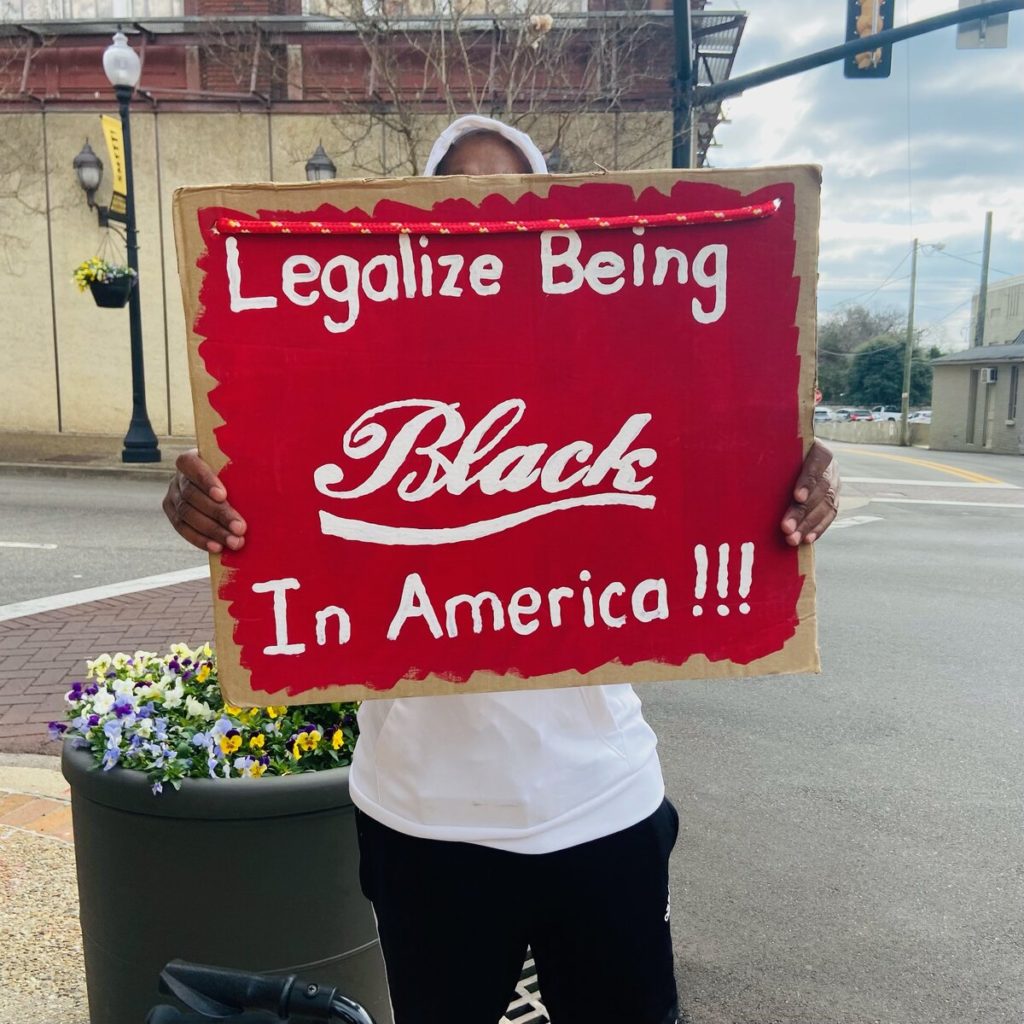Police in Hattiesburg, Mississippi, shot a 14-year-old Black child five times near Hattiesburg High School, on the morning of Jan 27. He was transported to a local hospital for treatment in the ICU.
The police department and the local news reported that a “man” was shot. Speaking to the racist history of dehumanization of Black people, Reginald Virgil, President and co-founder of Black Lives Matter Mississippi, said, “They weren’t clear at all about him being a young boy. That is misleading and deceitful and providing misinformation. Typically, young [Black] boys are ‘adultified’ at a very young age.”
A 2014 study found that Black boys are perceived as less innocent within a criminal justice context, and as more appropriate targets of police violence. Black children are also 18 times more likely to be tried as adults than are white children in the criminal justice system.
Last week’s event in Hattiesburg is not an anomaly—time and time again this phenomenon is witnessed across the country. Police in Cleveland who killed 12-year-old Tamir Rice said he was a Black male who looked to be 20 years old. During George Zimmerman’s trial for the murder of Trayvon Martin, the unarmed teenager was portrayed as a scary Black man and a dangerous thug.

Beyond the initial reporting, there has been little to no public comment about the Jan 27 shooting from the Hattiesburg police department or the local government. So far, the trigger-happy cop responsible for this crime has neither been fired nor prosecuted. Even the name of the officer has not been released.
Mayor Toby Barker did not comment on the incident until a week after the shooting. When he finally did comment, he had nothing to say about the mischaracterization of the 14-year-old boy as a man by the police department or the killer cop who endangered the life of a child. Instead, the Mayor has come out in support of the prosecution of the child.
Heinous act of police violence meets community resistance
This past summer saw a nationwide rebellion against racism and police brutality. Mississippi was no exception. Protests denouncing police violence were held in smaller cities like Hattiesburg and even smaller towns like Petal in the state. Although the police act with impunity, a movement in the streets is demanding accountability.
Black Lives Matter Mississippi organized several protests in front of the Hattiesburg City Hall in response to last week’s shooting. Starting on Jan. 31, protesters gathered for three consecutive days in front of City Hall and demanded that the officer who almost killed the boy be named.
Party for Socialism and Liberation organizers joined the Feb. 1 protest in solidarity. The protest eventually moved to the Hattiesburg Police Department. No officers came out to comment on the situation. Later that evening, several protesters voiced their demands at a city council meeting.
Speaking to the racist character of policing in the United States, Virgil said, “Some policing was developed during times of slavery… from bounty hunters to catch runaway slaves. That is the idea of policing and how it started in America.” Today, there is an epidemic of white supremacists within police departments across the country. Every interaction with the police continues to remain a potential existential threat for Black people and other oppressed nationalities.

One young protester, who was at his first Black Lives Matter rally, demanding justice said, “Justice would be the officer serving jail time, losing his chance to be enlisted with any agency. For the severity of [his actions], and attempted murder of the kid.”
The community demands the firing and arrest of the officer involved. Additional demands include officers in uniform being required to always wear body cameras, and full transparency from the Hattiesburg Police Department and Mississippi Bureau of Investigation.





